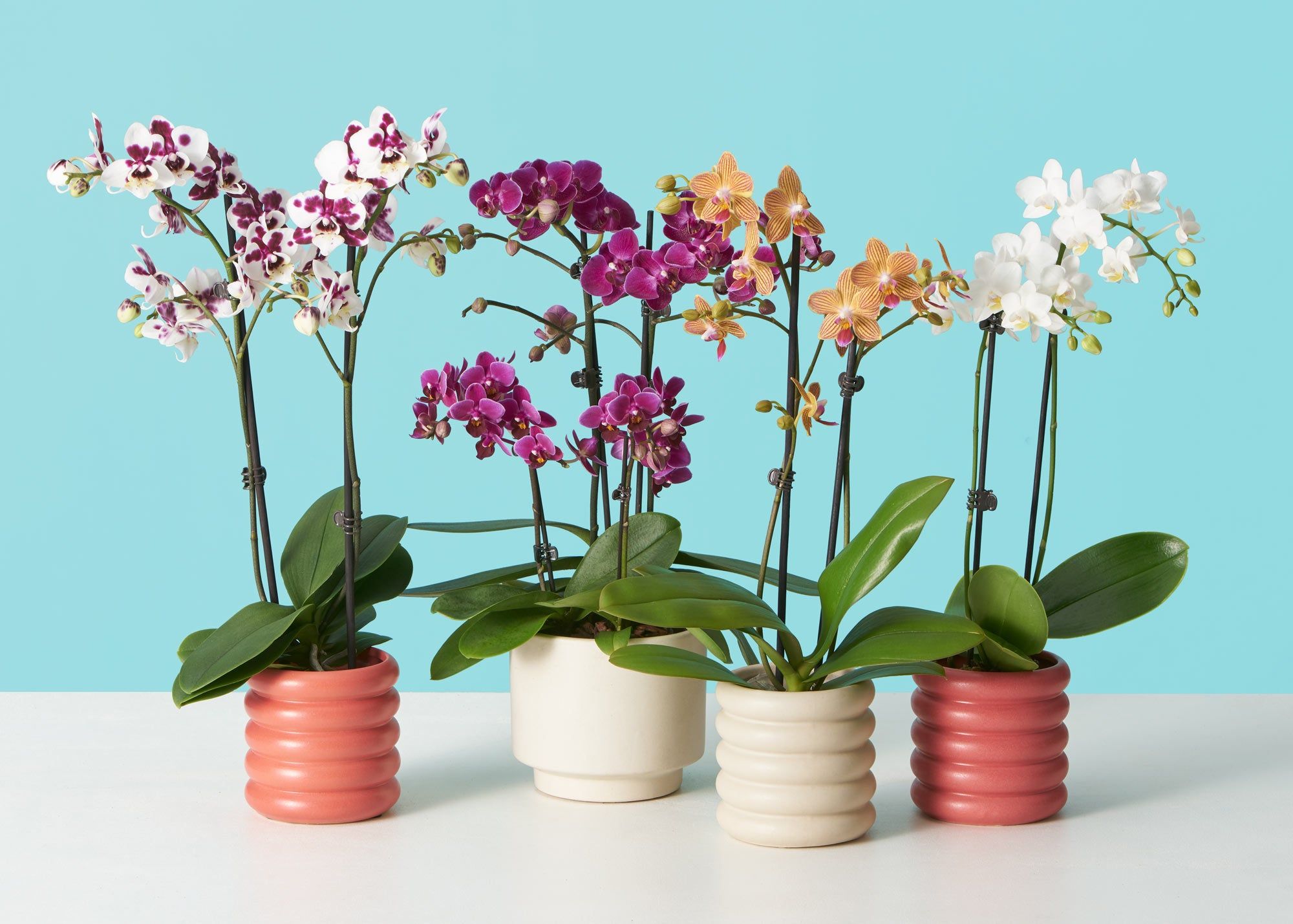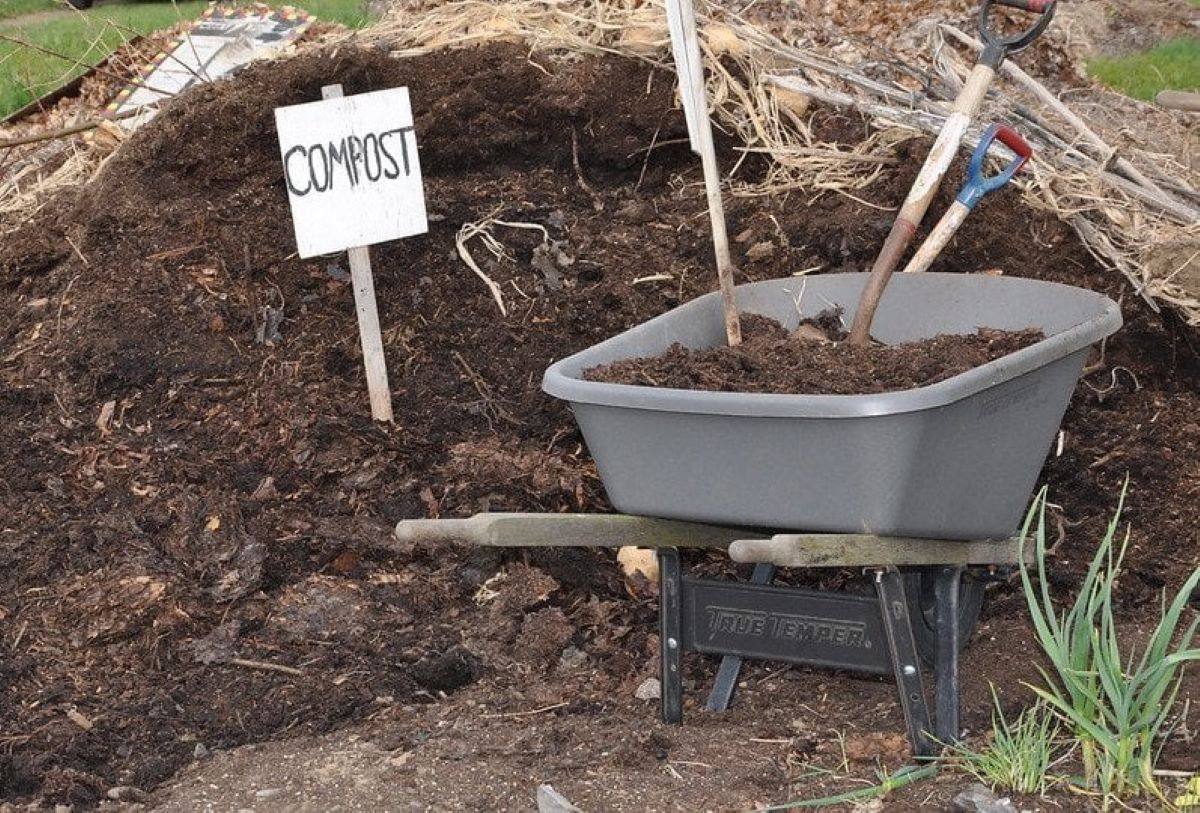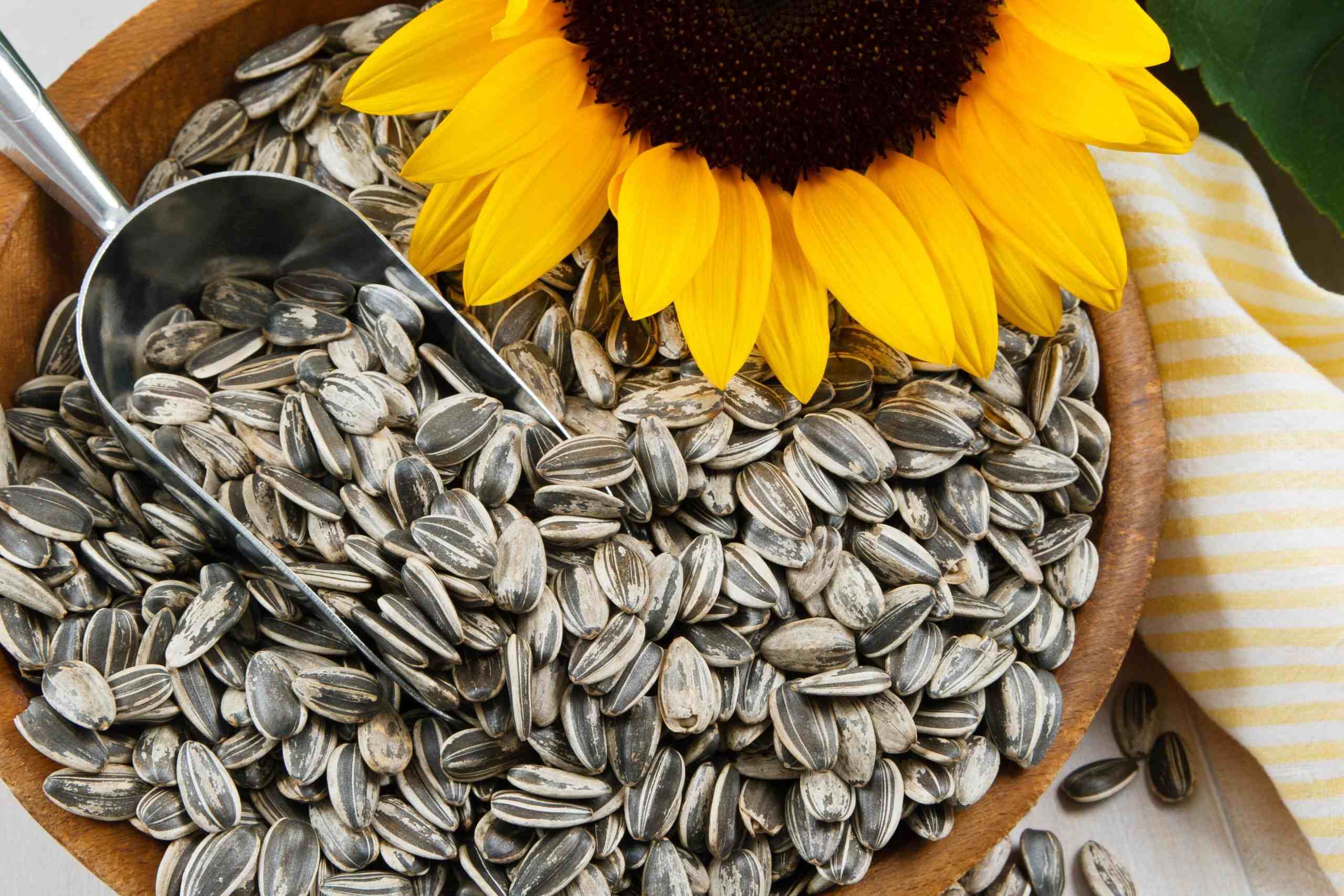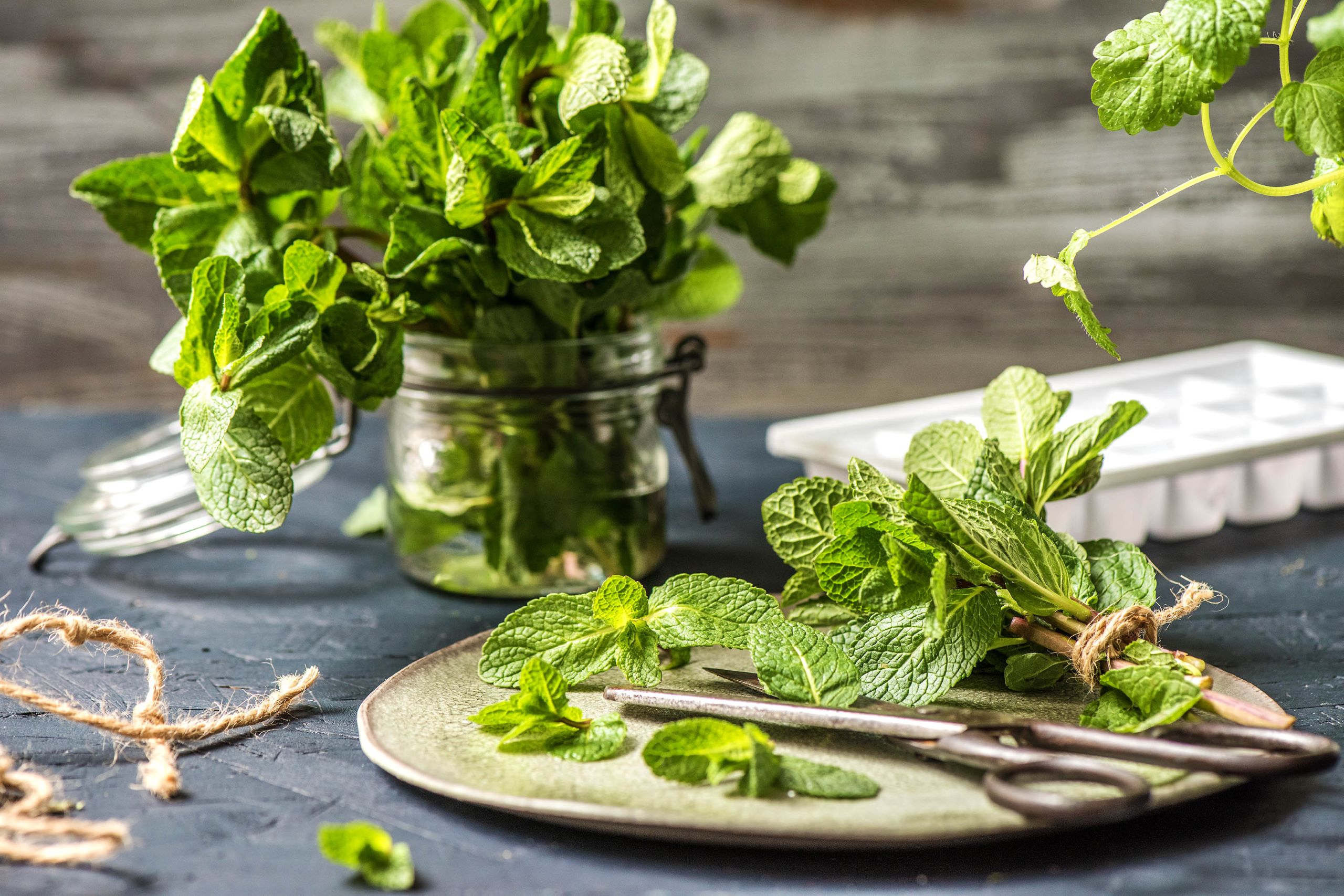Home>Gardening Basics>Understanding Soil>How Long Do Worm Castings Last In Soil


Understanding Soil
How Long Do Worm Castings Last In Soil
Published: February 5, 2024
Learn how long worm castings last in soil and their impact on plant growth. Understanding soil and its components is key to successful gardening.
(Many of the links in this article redirect to a specific reviewed product. Your purchase of these products through affiliate links helps to generate commission for Chicagolandgardening.com, at no extra cost. Learn more)
Table of Contents
**
Introduction
**
If you're an avid gardener or farmer, you're likely always on the lookout for natural, sustainable ways to enrich your soil and promote healthy plant growth. One such method that has gained popularity in recent years is the use of worm castings. These nutrient-rich, organic fertilizers offer a host of benefits for soil health and plant vitality. However, to fully understand the impact of worm castings on soil, it's essential to explore their composition, benefits, and longevity within the soil environment.
Worm castings, also known as vermicast or worm humus, are the end product of organic matter that has been processed by earthworms. These tiny powerhouses of the soil ecosystem consume organic material and excrete nutrient-rich waste, resulting in a potent natural fertilizer. The use of worm castings in soil management has gained traction due to their ability to enhance soil structure, improve nutrient retention, and promote robust plant growth. Understanding the duration of their effectiveness in soil is crucial for optimizing their application and reaping the full benefits they offer.
As we delve into the world of worm castings and their impact on soil health, it's important to recognize the multifaceted advantages they bring to the table. From enriching the soil with essential nutrients to fostering a thriving ecosystem of beneficial microorganisms, worm castings have the potential to revolutionize soil fertility and plant productivity. Moreover, exploring the factors that influence the longevity of worm castings in soil will shed light on how to maximize their enduring benefits for sustainable agricultural practices. Let's embark on a journey to uncover the secrets of worm castings and their lasting impact on soil vitality.
**
What Are Worm Castings?
**
Worm castings, often referred to as vermicast or worm humus, are the rich organic remnants of organic materials that have been consumed and digested by earthworms. These excretions are a powerhouse of nutrients and beneficial microorganisms, making them a prized natural fertilizer for soil enrichment. The process of vermicomposting, which involves the decomposition of organic matter by earthworms, results in the production of these nutrient-dense castings.
The composition of worm castings sets them apart as a valuable soil amendment. They contain a balanced blend of essential nutrients, including nitrogen, phosphorus, potassium, calcium, and magnesium, in forms readily accessible to plants. Additionally, worm castings are teeming with beneficial microorganisms such as bacteria, fungi, and enzymes that contribute to soil health and plant vitality. This intricate mix of nutrients and microorganisms makes worm castings a potent and holistic solution for enhancing soil fertility and promoting robust plant growth.
Furthermore, the physical properties of worm castings play a pivotal role in soil structure and moisture retention. Their granular texture improves soil aeration and water-holding capacity, creating an optimal environment for root development and microbial activity. As a result, the use of worm castings not only provides direct nutrition to plants but also fosters a conducive habitat for beneficial soil organisms, thereby bolstering the overall health of the soil ecosystem.
When incorporated into soil, worm castings act as a slow-release fertilizer, steadily supplying essential nutrients to plants over an extended period. This sustained nutrient availability reduces the risk of nutrient leaching and ensures a steady source of nourishment for plants throughout their growth stages. The diverse array of benefits offered by worm castings makes them a versatile and sustainable solution for soil enrichment, catering to the needs of both commercial agriculture and home gardening.
**
Benefits of Using Worm Castings in Soil
**
The utilization of worm castings in soil management brings forth a myriad of benefits that contribute to the overall health and productivity of plants. These nutrient-rich organic fertilizers offer a holistic approach to soil enrichment, promoting sustainable agricultural practices and fostering thriving ecosystems. Here are some of the key advantages of incorporating worm castings into soil:
- Nutrient-Rich Soil Amendment: Worm castings are a potent source of essential nutrients, including nitrogen, phosphorus, potassium, calcium, and magnesium, in forms readily available to plants. This nutrient-rich composition nourishes plants and supports their optimal growth and development.
- Promotion of Beneficial Microorganisms: Worm castings harbor a diverse array of beneficial microorganisms, such as bacteria, fungi, and enzymes, that contribute to soil health and nutrient cycling. These microorganisms foster a thriving soil ecosystem, enhancing the bioavailability of nutrients and suppressing harmful pathogens.
- Improved Soil Structure and Aeration: The granular texture of worm castings enhances soil structure, promoting aeration and water retention. This improves root penetration, facilitates nutrient uptake, and creates an optimal environment for beneficial soil organisms, ultimately boosting soil fertility.
- Sustained Nutrient Release: When integrated into soil, worm castings act as a slow-release fertilizer, providing a steady supply of nutrients to plants over an extended period. This sustained nutrient availability reduces the risk of nutrient leaching and ensures consistent nourishment for plants.
- Enhanced Plant Growth and Resilience: The holistic benefits of worm castings contribute to robust plant growth, increased resistance to stressors, and improved overall plant health. Plants grown in soil enriched with worm castings exhibit enhanced vigor and productivity.
- Environmental Sustainability: The use of worm castings aligns with sustainable agricultural practices, reducing reliance on synthetic fertilizers and minimizing environmental impact. By promoting natural soil fertility and ecosystem balance, worm castings support environmentally conscious approaches to agriculture.
The comprehensive array of benefits offered by worm castings underscores their significance as a natural, sustainable solution for soil enrichment. Their ability to nourish plants, foster beneficial microorganisms, and enhance soil structure positions them as a valuable asset for promoting healthy, thriving ecosystems and sustainable agricultural practices.
Factors Affecting the Longevity of Worm Castings in Soil
The duration of effectiveness of worm castings in soil is influenced by various factors that impact their nutrient content, microbial activity, and physical properties. Understanding these factors is essential for optimizing the utilization of worm castings and maximizing their enduring benefits within the soil environment. Here are the key factors that affect the longevity of worm castings in soil:
- Soil Microbial Activity: The presence of active microbial populations in the soil plays a crucial role in the breakdown and utilization of the nutrients present in worm castings. A thriving microbial community enhances the bioavailability of nutrients, contributing to the sustained effectiveness of worm castings.
- Environmental Conditions: Factors such as temperature, moisture levels, and aeration influence the rate of nutrient release and microbial activity within the soil. Optimal environmental conditions support the longevity of worm castings by facilitating gradual nutrient release and maintaining favorable conditions for microbial processes.
- Soil pH and Composition: The pH level and composition of the soil can impact the stability and availability of nutrients from worm castings. Soil with a balanced pH and optimal texture provides an environment conducive to nutrient retention and uptake, prolonging the efficacy of worm castings.
- Application Method and Integration: The method of incorporating worm castings into the soil, such as topdressing, mixing, or compost tea application, can influence their distribution and interaction with the soil environment. Proper integration techniques ensure uniform distribution and sustained nutrient release.
- Quality of Worm Castings: The quality of the initial organic materials processed by earthworms directly impacts the nutrient content and microbial diversity of the resulting worm castings. High-quality feedstock yields nutrient-rich castings with a diverse microbial community, enhancing their longevity in the soil.
- Plant Uptake and Growth Stage: The nutrient demands of plants and their growth stages influence the utilization of nutrients from worm castings. Understanding the specific nutritional needs of plants at different growth stages allows for strategic application of worm castings to support sustained plant growth and vitality.
By considering these factors, practitioners can implement strategies to prolong the effectiveness of worm castings in soil, ensuring a sustained supply of nutrients and fostering a healthy soil ecosystem. Optimizing these variables contributes to the long-term benefits of worm castings, supporting their role as a valuable and enduring soil amendment.
How Long Do Worm Castings Last in Soil?
The longevity of worm castings in soil is a topic of interest for practitioners seeking to optimize their soil enrichment strategies. While the exact duration of effectiveness can vary based on environmental factors and soil conditions, worm castings are renowned for their sustained nutrient release and enduring impact on soil fertility. Several key factors contribute to the extended longevity of worm castings in soil:
- Sustained Nutrient Release: Worm castings act as a slow-release fertilizer, steadily supplying essential nutrients to plants over an extended period. This gradual nutrient release reduces the frequency of fertilization and ensures a consistent source of nourishment for plants throughout their growth stages.
- Microbial Activity and Nutrient Cycling: The presence of beneficial microorganisms in worm castings fosters ongoing nutrient cycling and bioavailability within the soil. This sustained microbial activity contributes to the enduring impact of worm castings on soil fertility and plant health.
- Soil Structure and Moisture Retention: The physical properties of worm castings, including their granular texture and water-holding capacity, contribute to improved soil structure and moisture retention. These attributes create an environment conducive to sustained nutrient availability and root development.
- Environmental Resilience: Worm castings exhibit resilience in varying environmental conditions, maintaining their nutrient content and microbial activity over time. This resilience allows them to continue enriching the soil and supporting plant growth across seasons and changing environmental dynamics.
While specific timelines for the longevity of worm castings may vary, their enduring impact on soil health and plant productivity is evident. When integrated into soil, worm castings contribute to sustained soil fertility, reduced nutrient leaching, and enhanced plant resilience, showcasing their lasting effectiveness as a natural soil amendment.
Practitioners can optimize the longevity of worm castings in soil by implementing strategic soil management practices, including proper integration methods, soil testing, and environmental monitoring. By considering the interplay of factors that influence the enduring benefits of worm castings, practitioners can harness their long-lasting impact to promote healthy, thriving ecosystems and sustainable agricultural practices.
Conclusion
The utilization of worm castings as a natural soil amendment offers a wealth of benefits for soil health, plant vitality, and sustainable agricultural practices. Their nutrient-rich composition, support for beneficial microorganisms, and enduring impact on soil fertility position them as a valuable asset for practitioners seeking to optimize soil management strategies. While the exact duration of their effectiveness in soil may vary based on environmental factors and application methods, the sustained nutrient release, microbial activity, and environmental resilience of worm castings underscore their lasting impact on soil vitality.
By understanding the factors that influence the longevity of worm castings in soil, practitioners can implement tailored approaches to maximize their enduring benefits. Considerations such as soil microbial activity, environmental conditions, soil composition, and application methods play pivotal roles in prolonging the effectiveness of worm castings, ensuring a sustained supply of nutrients and fostering a healthy soil ecosystem.
As we continue to explore innovative and sustainable practices in agriculture and gardening, the role of worm castings in soil enrichment remains prominent. Their ability to nourish plants, promote beneficial microorganisms, and enhance soil structure aligns with the principles of environmental sustainability and ecosystem resilience. By embracing the enduring benefits of worm castings, practitioners can cultivate healthy, thriving ecosystems and contribute to the advancement of sustainable agricultural practices.
In conclusion, the utilization of worm castings in soil represents a harmonious synergy between nature’s processes and agricultural productivity. Their lasting impact on soil fertility, plant growth, and environmental sustainability underscores their significance as a natural, sustainable solution for soil enrichment. By harnessing the enduring benefits of worm castings, practitioners can cultivate resilient and vibrant ecosystems, paving the way for a greener and more sustainable future in agriculture and horticulture.









